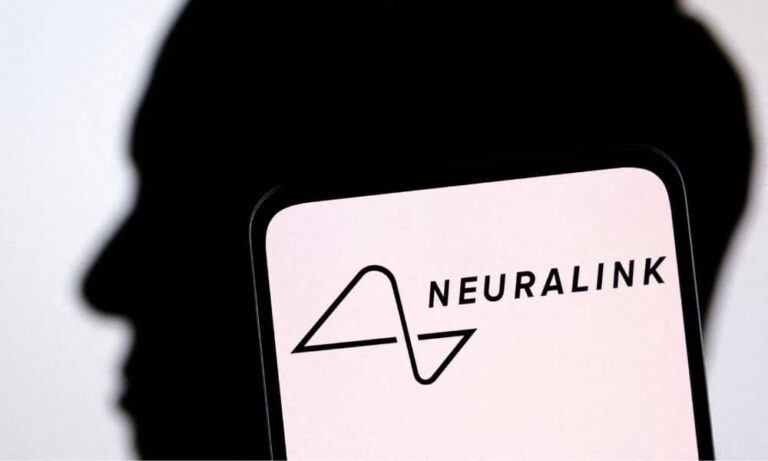This week marks 40 years since Motorola engineer Martin Cooper made the first mobile phone call to a technology rival in New York. According to legends, he was met with a deafening silence when he apparently asked the caller ” if my call sounds good at your end. The mobile phone race had been one.
The device he used was 23cm tall and weighed almost 1 kilogram – a stark contrast to the slim, compact and virtually weightless modern day smartphones.
It contained 30 circuit boards, had a talk time of 35 minutes, and took 10 hours top recharge – oh how far we’ve come!
“Six billion is the number of active sim cards, and lots of people have more than one sim card,” Amy O’Donnell from FrontlineSMS told BBC reporters on the devices momentous anniversary.
“What I think that really shows is that, while there is massive ubiquity of mobile phones across the world, it’s an incredibly accessible tool for people to have in their pockets,” O’Donnell added.
And she’s not wrong; many economists attribute the mobile technology with reducing human poverty.
In fact, according to research published in Forbes Magazine, a 10 per cent rise in the mobile phone using population lead to a rise of 0.5 per cent in GDP in nations without landline networks. This could potentially make the mobile phone the most revolutionary technology ever.
But, as the fastest adapted technology of all time, the talking device has quickly evolved into a lifestyle toy over the last four decades.
“Sixty per cent of phone owners check their mobile phone within 15 seconds of waking up, to check facebook, Twitter and the gammit of mobile social technology,” Ben Medlock, founder of mobile app SwiftKey told reporters.
We now use these devices for email and personal banking, to record special moments and publicise world events. We still call and text but we also track our food, fitness, health, money, friends, family and even the ever-changing weather, with many of us fearing the thought of having to go without our life essential.
“These devices are becoming connected to us at the hip!” Medlock exclaimed, arguing that there is still a lot of space for growth in mobile phones.
So what form will they take in the future?
Experts believe the next 40 years will see the development of this holdable device to a wearable device, as seen in the transparent Google glass venture.
Bendable screens, censors, advanced touch screens and voice commands, self-powered devices, and the advancement of near-field communication capacities –where two cell phones communicate via a bluetooth-like technology – are all potential innovations that we may carry in our pockets in the future.
But will all this technology come at a cost?
As longs as people’s privacy and data integrity is respected, users of mobile phones who submit and store a large number of personal information on their devices should have nothing to fear, argued Amy O’Donnell.
Ben Medlock believes the key to safeguarding against the risks of modern evolving technology is to continue to foster new relationships. He highlighted the importance of developing crucial social skills needed to function in a society that may be inhibited by the use of mobile communication technologies.







